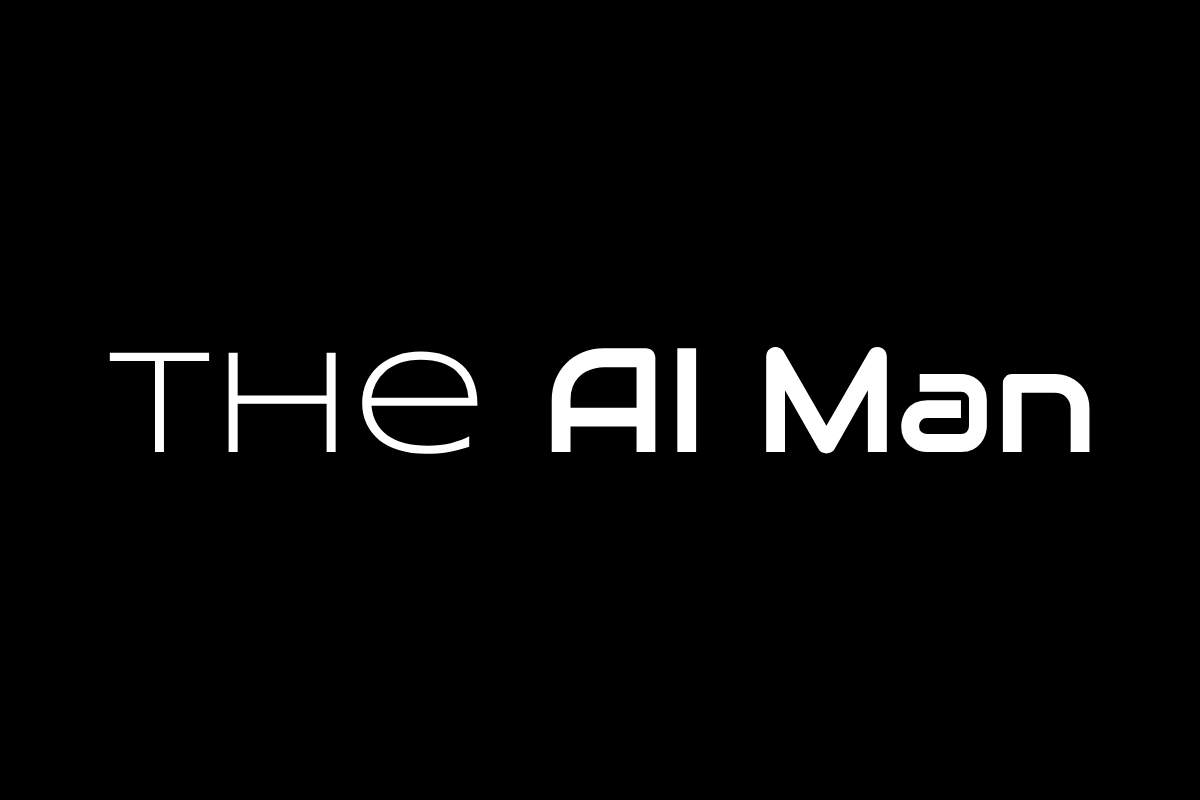Picture this: you have a magic reset button that could make your old, tired cells act like teenagers again. Well, that's not quite magic anymore—it's artificial intelligence working its molecular wizardry. OpenAI and Retro Biosciences have achieved something that sounds like pure science fiction: AI-designed proteins that make cellular rejuvenation 50 times more efficient.

The Protein Redesign Revolution
Here's where it gets fascinating. The breakthrough centers on something called Yamanaka factors—four proteins that won a Nobel Prize for their ability to reprogram adult cells back into youthful stem cells. It's like having a biological time machine, but traditionally, this process was about as efficient as trying to parallel park with your eyes closed.
The game-changer? GPT-4b micro, a specialized AI trained exclusively on protein sequences and 3D molecular structures. Unlike ChatGPT, which might help you write a grocery list, this AI was laser-focused on understanding the language of proteins:
50-fold increase in stem cell reprogramming marker expression compared to standard methods
Enhanced DNA damage repair capabilities—essentially better cellular maintenance
Success across multiple cell types, including challenging cells from middle-aged donors over 50
Accelerated timeline with rejuvenation markers appearing days earlier than conventional methods
The AI-designed variants, dubbed RetroSOX and RetroKLF, didn't just tweak a few amino acids—some differed by more than 100 modifications from the originals. That's like completely redesigning a car engine and having it run with maximum efficiency.

3D molecular structure of a protein highlighting its helical and loop formations and bound molecules
Real-World Applications That Matter
This isn't just impressive lab work destined to collect dust in academic journals. The implications could transform how we approach some of medicine's biggest challenges:
Personalized Regenerative Medicine: With 50x improved efficiency, creating patient-specific stem cells becomes practically viable for widespread clinical use. Imagine treating Parkinson's, diabetes, or spinal cord injuries using a patient's own rejuvenated cells.
Organ Shortage Solutions: Enhanced cellular reprogramming could enable growing replacement organs in laboratories, potentially addressing the critical shortage affecting thousands of patients worldwide.
DNA Repair Enhancement: Perhaps most importantly, cells treated with the AI-designed cocktail showed significantly reduced DNA damage markers. This suggests the proteins don't just reprogram cells—they actively restore molecular integrity, addressing one of the fundamental drivers of aging.
The speed of discovery is equally remarkable. What traditionally might take years of painstaking laboratory work was accomplished in days through AI-guided protein design. As OpenAI researcher John Hallman noted, "Just across the board, the proteins seem better than what the scientists were able to produce by themselves".

AI-designed protein variants achieve dramatic 50-fold improvement in stem cell reprogramming efficiency
The Bigger Picture: AI as Co-Creator
This breakthrough represents a fundamental shift in how AI contributes to science. Rather than just analyzing existing data, AI is now actively creating new biological solutions. The National Institute on Aging has recognized this transformative potential, launching initiatives to harness AI for longevity research.
Recent developments show AI's expanding role in biology:
Protein Evolution Acceleration: Scientists used AI to simulate 500 million years of molecular evolution, creating enhanced fluorescent proteins in months rather than millennia
CRISPR Enhancement: AI algorithms now help identify novel gene-editing proteins and predict safer therapeutic applications
Therapeutic Target Discovery: AI systems are integrating vast datasets to identify new pathways for age-related interventions
The collaboration between OpenAI and Retro Biosciences, backed by $180 million from Sam Altman, signals long-term commitment to this field. It's not just another tech experiment—it's a serious bet on AI's ability to extend human healthspan.

Source: datatobiz
Looking Ahead
The success of GPT-4b micro opens multiple pathways for future breakthroughs. Researchers are exploring chemical alternatives to genetic reprogramming, developing small molecule cocktails that could achieve similar cellular rejuvenation without complex gene therapy. AI could accelerate this process by predicting optimal drug combinations and dosing regimens.
But perhaps the most intriguing possibility is systematic transformation of how we approach aging itself. With AI capable of redesigning the fundamental proteins responsible for cellular rejuvenation, we're moving beyond treating age-related diseases to potentially addressing aging at its source.
The ultimate goal isn't just extending lifespan—it's about extending healthspan, those years when we're not just alive but truly thriving. As these AI-designed proteins move from laboratory benches toward clinical trials, they carry with them the promise of a future where aging might become less of an inevitable decline and more of a manageable biological process.
You heard it here first! 📰

